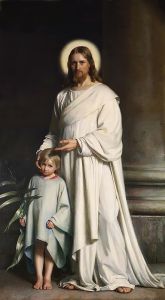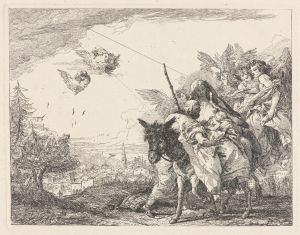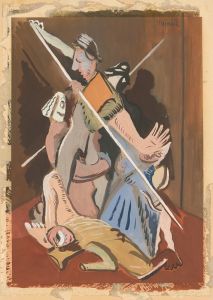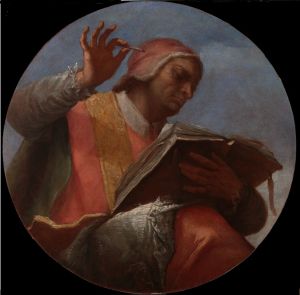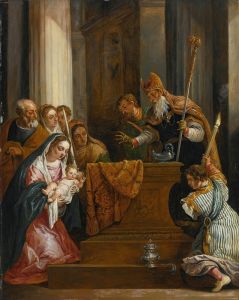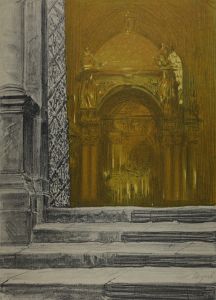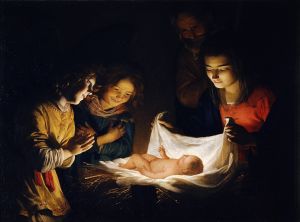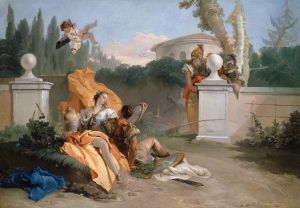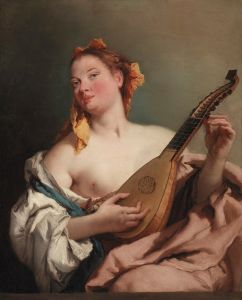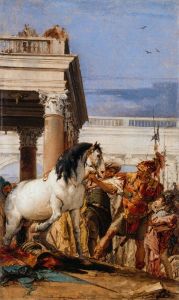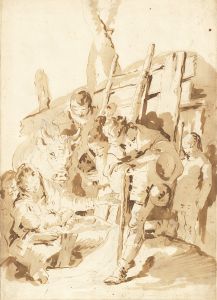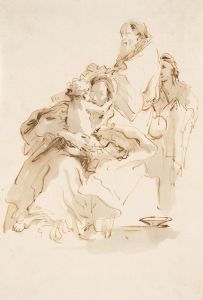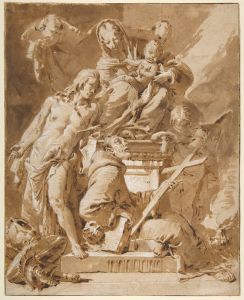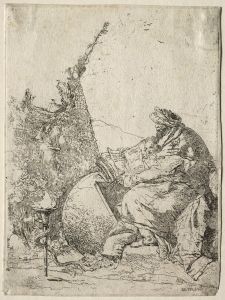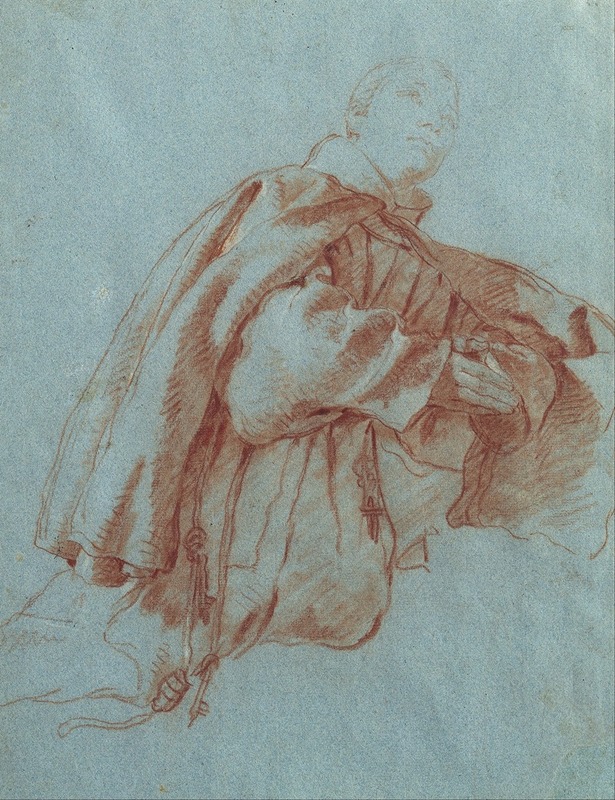
Saint Pascal Baylon
A hand-painted replica of Giovanni Battista Tiepolo’s masterpiece Saint Pascal Baylon, meticulously crafted by professional artists to capture the true essence of the original. Each piece is created with museum-quality canvas and rare mineral pigments, carefully painted by experienced artists with delicate brushstrokes and rich, layered colors to perfectly recreate the texture of the original artwork. Unlike machine-printed reproductions, this hand-painted version brings the painting to life, infused with the artist’s emotions and skill in every stroke. Whether for personal collection or home decoration, it instantly elevates the artistic atmosphere of any space.
Giovanni Battista Tiepolo's painting Saint Pascal Baylon is a work by the renowned Venetian artist, who is celebrated for his contributions to the Rococo style and his mastery of fresco and oil painting. The artwork depicts Saint Pascal Baylon, a Spanish Franciscan friar and mystic who lived from 1540 to 1592. Saint Pascal is venerated in the Catholic Church as the patron saint of Eucharistic congresses and societies, reflecting his deep devotion to the Eucharist.
The painting portrays Saint Pascal in a moment of spiritual contemplation, a common theme in religious art of the period. Tiepolo's use of light and color emphasizes the saint's divine connection, with a luminous quality that draws attention to his serene expression and the symbolic elements surrounding him. The composition likely includes traditional iconography associated with Saint Pascal, such as a monstrance or other Eucharistic symbols, though specific details of the painting's imagery may vary depending on the version or reproduction.
Giovanni Battista Tiepolo (1696–1770) was one of the most prominent painters of the 18th century, known for his large-scale frescoes and religious works. His style is characterized by dynamic compositions, vibrant colors, and a sense of movement and drama. Tiepolo's works were highly sought after by patrons across Europe, and he completed commissions in Italy, Germany, and Spain.
The exact date of creation for Saint Pascal Baylon is not definitively documented, but it is consistent with Tiepolo's broader body of religious works, which were produced throughout his career. The painting reflects the artist's ability to convey spiritual themes with both grandeur and intimacy, a hallmark of his approach to sacred subjects.
As with many of Tiepolo's works, Saint Pascal Baylon demonstrates his skill in blending traditional religious iconography with the artistic innovations of the Rococo period. The painting serves as both a devotional image and a testament to Tiepolo's artistic legacy.
Further details about the painting's current location, provenance, or specific dimensions are not readily available in historical records.





